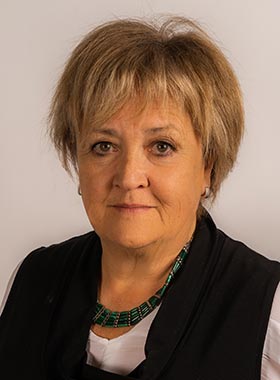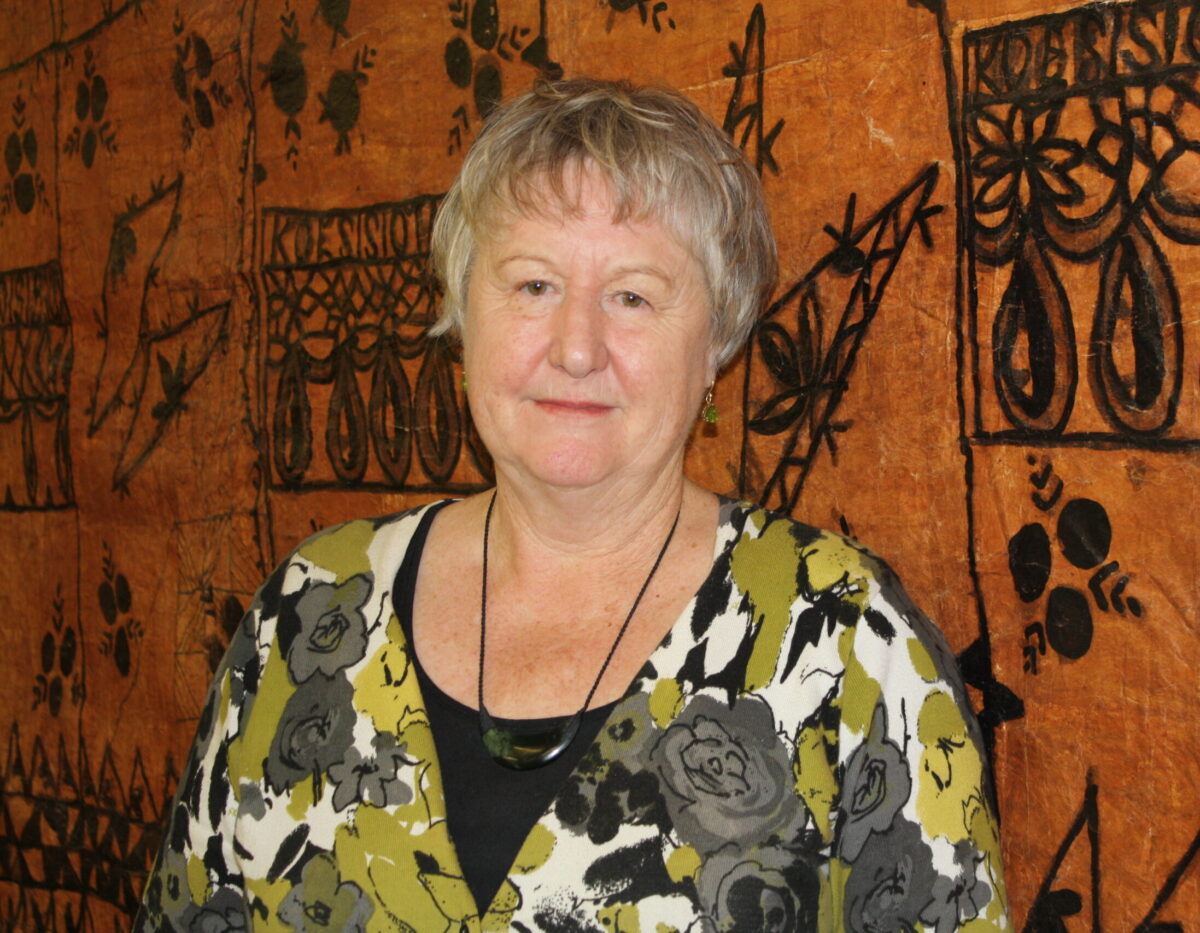Five of the nursing and midwifery school’s 20 or so academic staff were to be axed as part of campus-wide cutbacks in the face of a $33 million deficit.
However, VUW school of nursing and midwifery director Kathy Holloway said a “pause” was now in place after VUW was allocated an extra $12 million over the next two years from the Government’s $128 million cash boost for degree-level providers struggling with falling enrolments.
‘My personal goal is to make sure that nobody leaves, because we need them – the country needs us.’
“What that did, was give the university some space to take a slightly different approach,” Holloway told Kaitiaki Nursing New Zealand.
Now, staff across the university were being invited to take voluntary redundancy in the hope it would stave off forced cuts. That would finish at the end of the month, she said.
“My personal goal is to make sure that nobody leaves, because we need them – the country needs us to have sufficient academic staff. Not only for pre-registration nursing, but for advanced practice roles,” Holloway said.
Impact ‘significant’
About 600 people enrolled for post-graduate nursing study at VUW in 2022, while its two-year nursing qualification for any graduate also saw strong growth, she said.
The impact of such extensive staff cuts would be significant — not just on the school, but on the nursing workforce and patients — “the people we are here to serve. As nurses and midwives, that’s our reason”.
‘We won’t have anybody coming out the other end — no nurse faculty means no nursing graduates.’
Nursing academics had devoted “many years” to clinical work and study. “To be an academic nurse, I’ve calculated takes about 10 years and costs the Government around $75,000,” Holloway said.
“It’s a resource that is hard to grow. So strategically as a country we can’t afford to lose any of them.”
And without such educators, at a time of critical nursing shortages, “we won’t have anybody coming out the other end — no nurse faculty means no nursing graduates”.
More, not less, advanced practice nurses needed.
The just-released 2023/24 health workforce plan noted the need to improve pathways to specialist nursing roles such as nurse prescribers and practitioners (NPs).
“That’s what our health system needs. Because of access for vulnerable populations, we need all of those team members to be able to work to the full extent of their education training – so we need to be able to provide them with the education and training they need.”
Massey University is also undergoing a staffing review. Tertiary Education Union (TEU) organiser Ben Schmidt said at this stage Massey had asked for “voluntary enhanced cessation” — voluntary redundancy — of 15 to 20 positions from its school of health which included nursing.
‘It’s a resource that is hard to grow. So strategically as a country we can’t afford to lose any of them.’
Massey nursing professor Jenny Carryer said the situation was not yet clear but she hoped the nursing faculty would be spared.

“Clearly as we look to receive a vital increase in student numbers it is to be hoped that capacity for faculty will build rather than shrink,” she said.
A University of Otago spokesperson said there were no plans to disestablish roles at its department of nursing. The university was currently going through a voluntary redundancy process.
Proposed cuts to 400 jobs at Te Pūkenga did not affect teaching staff at this stage, a TEU spokesperson said.
Holloway said it was “deeply ironic” that nursing academics were facing cuts in 2023, the year New Zealand marks 50 years of nursing education moving from hospitals into the tertiary sector.
A decision will be made on staff cuts by VUW at the end of July.

The workforce plan identified that New Zealand needed another 4800 nurses. It aims to slow nursing student dropout rates from 30 to 20 per cent with better financial support, through hardship grants, scholarships and earn-as-you-learn opportunities. It also would better support clinical placements, including with kaupapa Māori and Pacific providers, from 2024.




